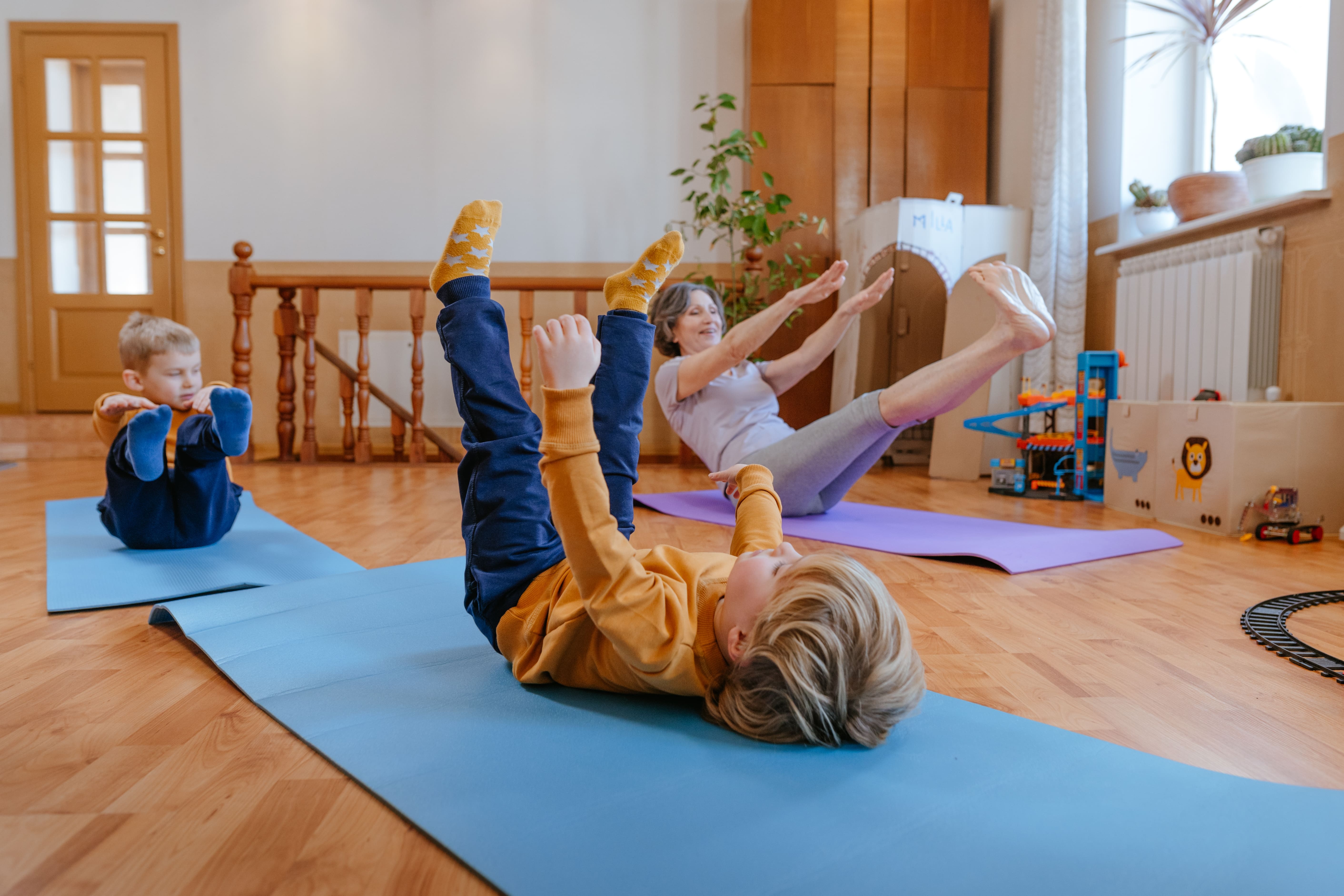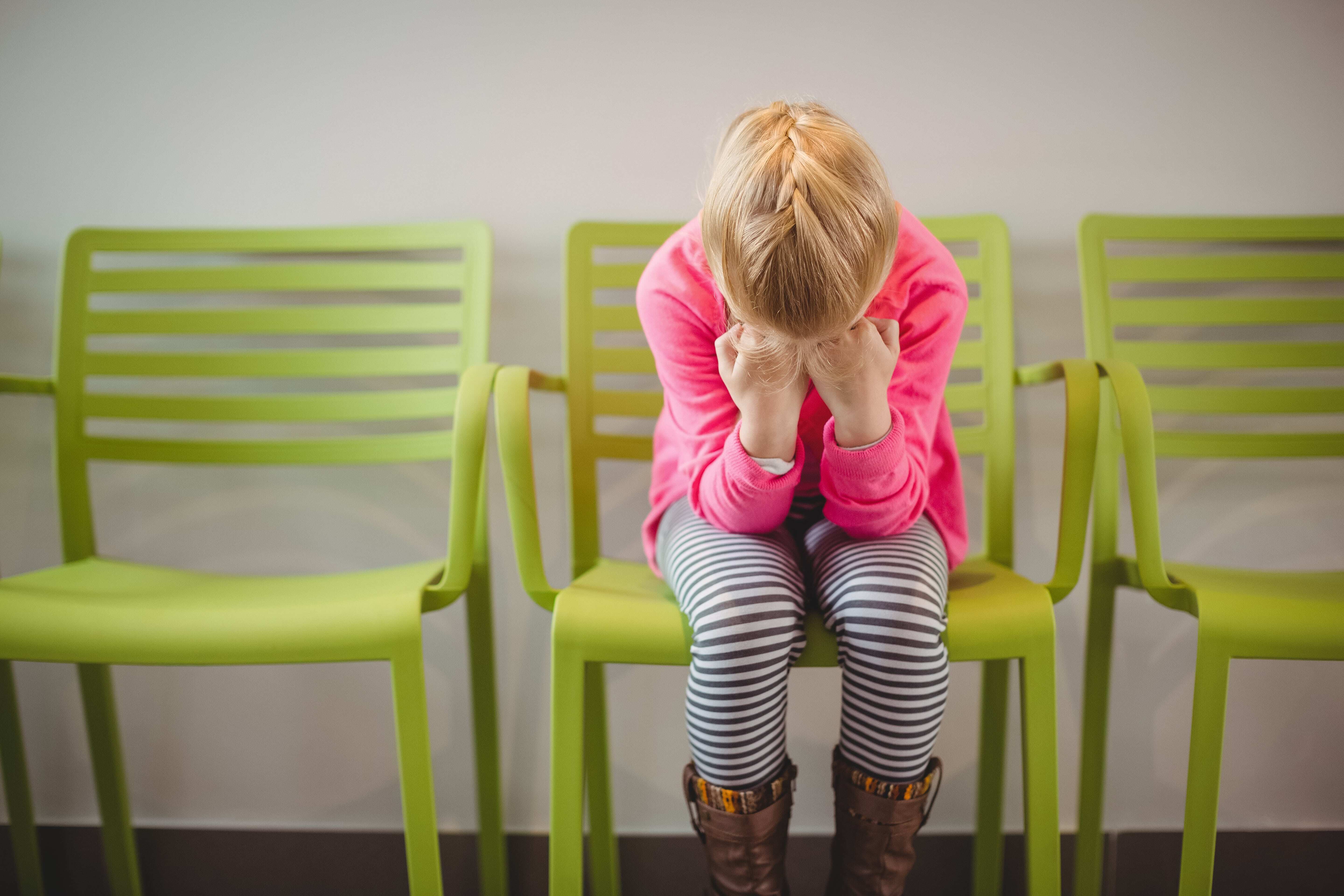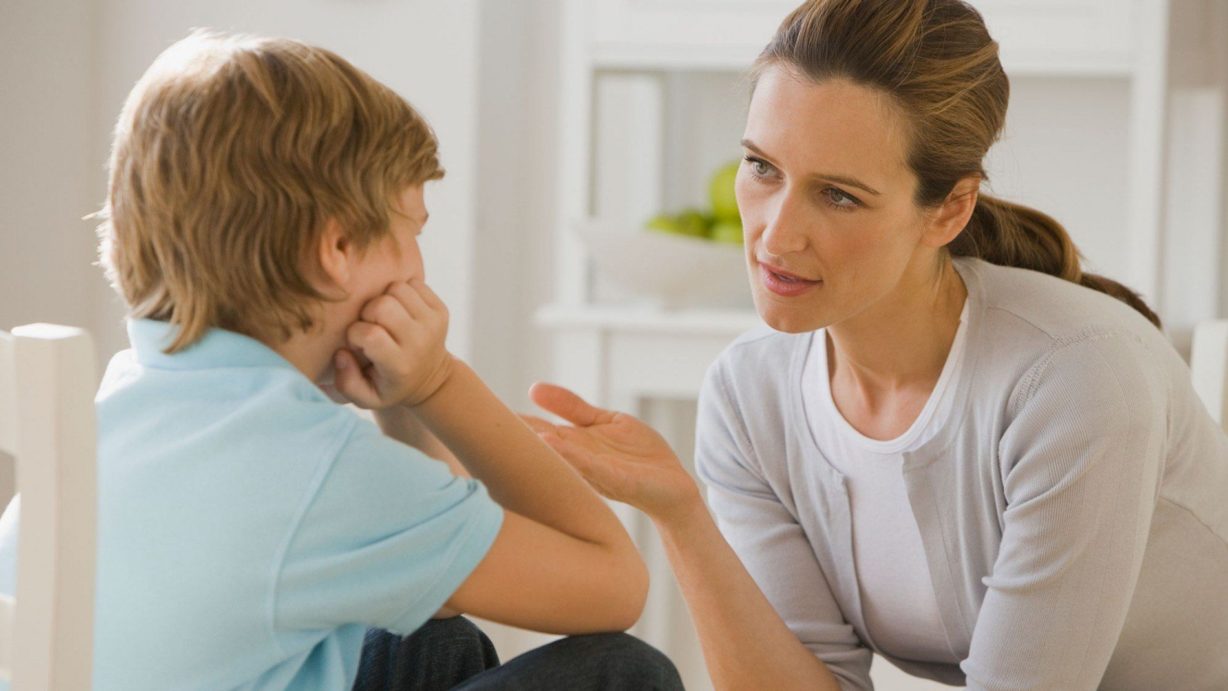Separation anxiety in children makes drop-off at daycare or going on a date night much “fun” for parents. I remember crying in the car after dropping my son off at school, although I was lucky since it didn’t last. Separation anxiety is a normal stage that children go though starting in infancy and usually easing around age 2, but sometimes it can peak again at times of change, such as starting kindergarten. Many children continue to feel some anxiety when it is time to say goodbye.
Tips to make leaving your child easier:
- Practice separating from your child for short periods of time, even in the house, to begin with, and then gradually making the time and distance longer.
- Stick to a consistent routine. Keep drop off and pick up times the same. Ideally, schedule “goodbye” when the child is not hungry or tired.
- Develop a goodbye routine. The Kissing Hand by Audrey Penn is a great book to read to develop a goodbye routine with your child. However, keep the routine simple and do not drag it out. It is difficult to not continue to console your child or make leaving a big deal, but this is not helpful.
- Make something with your child that they can keep on them or wear when they are away from you, like a bead bracelet. Or, give them a small picture of you they can have in their pocket or a piece of your jewellery they can wear.
- Remain calm. If you child sees you upset, they will become more upset. If you are confident, they will be, too.
- It can be helpful to talk to your child about something you will do together when you get home (e.g. after daycare), such as making a dessert together, reading a special story, or going to the playground.
Even though it may be difficult to leave your child or to have a sitter watch him/her, it is important to take steps to help your child become more comfortable with not having you there. Keep planning date nights, even if they are short. Keep leaving your child with the other parent while you go for some “me time” or just grocery shopping. Practice will develop your child’s confidence that they are going to be “ok”.
Approximately 4% of children develop Separation Anxiety Disorder, which means these children have more extreme reactions to separation, it is not getting better, and it is interfering with their ability to participate in activities.
If your child continues to be significantly upset after you have left for a long period of time and is not able to be distracted, or if your efforts to try to help their separation anxiety do not work, reach out and ask for help. Some signs of more significant separation anxiety include:
- Withdrawal from others, including friends and family
- Intense fears (e.g. something bad happening to parents, leaving the house)
- Tantrums or clinginess that is not age-appropriate
- Constant complaints of feeling sick, ill, or with pains
If you are struggling with these types of symptoms, talk to your daycare director and/or your family doctor who may be able to offer additional strategies or recommend where to seek more support.
To find out more about separation anxiety and strategies to help your child visit these sites:
https://www.anxietybc.com/
http://www.pbs.org/parents/daniel/fred-rogers-timeless-wisdom/adjusting-to-preschool/
http://www.pbs.org/parents/education/going-to-school/starting-school/separation-anxiety/
http://www.pbs.org/parents/expert-tips-advice/2015/09/helping-preschoolers-cope-separation-anxiety/
https://www.todaysparent.com/toddler/toddler-behaviour/separation-anxiety-survival-guide/
https://www.webmd.com/parenting/separation-anxiety#1
Wilson, Reid and Lyons, Lynn. Anxious Kids Anxious Parents







